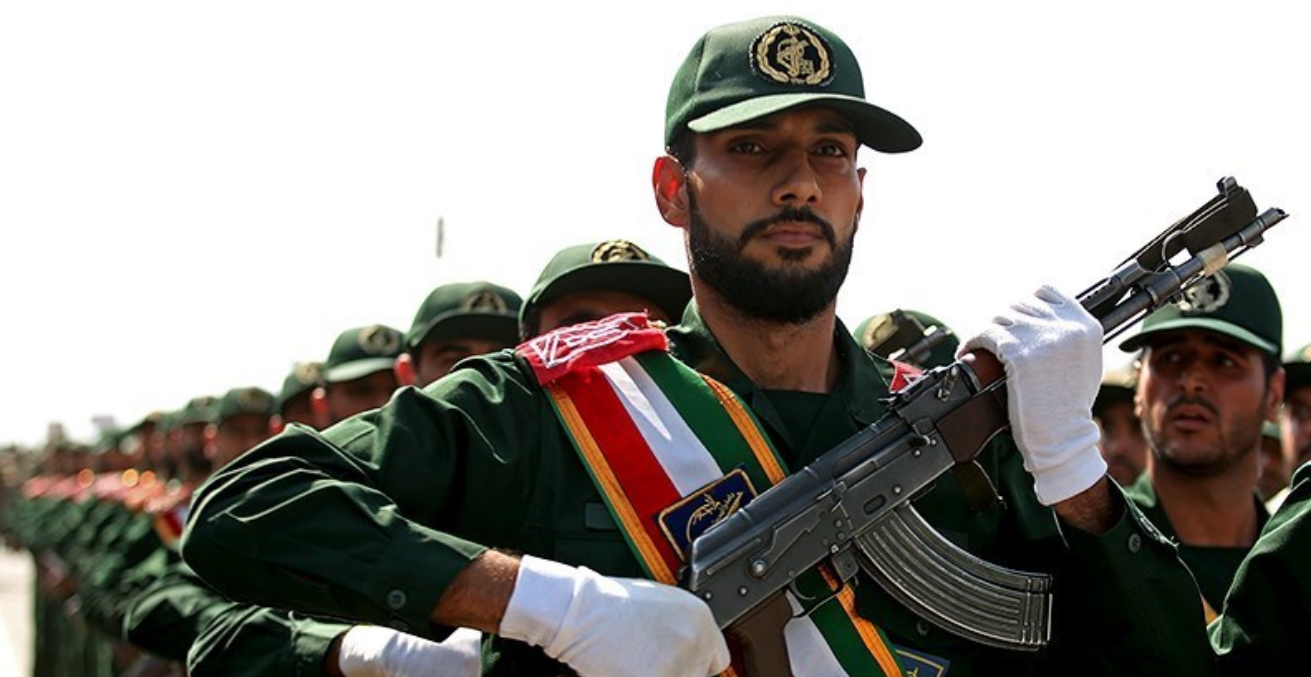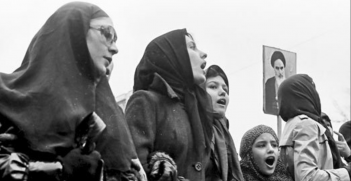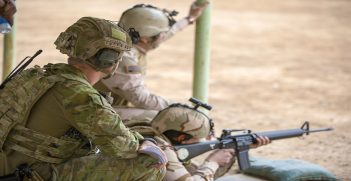Are We Nearing the End of the Iran-US Game in Iraq?

The overthrow of Saddam Hussein by the US and its allies in 2003 was a great gift for Iran. The next 17 years have been a political rollercoaster of cooperation and conflict between the US and Iran with Iraq in the middle.
Saddam Hussein was the biggest security and territorial threat to Iran and imposed a long war on both countries, leaving behind a predominantly Shiite population. However, the US did not exit Iraq because of its intention to build a democratic government to serve as a model for other countries in the Middle East. The continued presence of Americans in Iraq has been repeatedly opposed by Iran.
In essence, after its revolution, Iran introduced itself as a revisionist country in the US-led international liberal order, opposing any regional security order in the Middle East, and especially in the Persian Gulf, in which the US played a role. This opposition has continued with the Iranian revolutionary regime that is incompatible with all manifestations of American values, including liberal democracy and secularism, as these are deemed to be against the principles of Islam and thus used as tools of Western countries to dominate of the region. That is why Iran chose a policy of neutrality at the onset of the US and coalition forces’ invasion of Iraq. Iran employed a soft balance strategy to compensate for its military inability to counter the US military presence in Iraq, instead deciding to exploit the goals of the US and its allies to shape a democratic government in Iraq. It was precisely through this that Iran could achieve its long-term goals.
The US, following the 9/11 terrorist attacks, had the support of global public opinion and Western countries for its “war on terrorism,” while Iran was not militarily able to counter the US military presence on its borders. In this scenario, Iran knew that it could not be the “lion” (as per the Machiavellian analogy of the lion and the fox) since it could become the next target of a US attack. Therefore, Iran decided to pursue a “fox policy.” Due to the unequal balance of power against the US and its allies, Iran was unable to do anything against their presence in Iraq. This strategy also reduced the risk of a US attack in the Iranian homeland.
Knowledge of the Americans’ aims in Iraq of building a state and developing democracy led to Iran trying to take a free ride. By supporting the democratic political process in Iraq, Iran could show itself to be a supporter of democracy in the region. Iran sought to take advantage of the US efforts in Iraq by empowering Shiites through the democratic processes that the Americans were building. A Shiite majority in Iraq would be able to share the same political objectives as Iran, by virtue of also being Shiites, and the prospect of a future “Shiite Crescent” alliance.
Eventually, Iran sought to lead Iraq down the path the Islamic Republic of Iran itself is now on by disabling electoral and democratic institutions and turning the political system into a theocracy. During this process, Iran strengthened itself militarily through the time it had gained. It focused on developing missile capabilities and greatly enhanced its missile arsenal. Nevertheless, Iran was reluctant to openly oppose the US. Over time, it found that it could use ideologically like-minded groups to establish Shiite militia groups to counter the US. This policy helped Iran to accelerate the rise of Shiites to power in Iraq.
Nowadays, we seem to have reached the end of the game. Iran, on the one hand, has achieved one of its most important goals in Iraq. A significant number of Shiite military and paramilitary groups which Iran hides behind now exert pressure, intervene in the political process in Iraq, propagate the “Shiite Crescent” which ultimately strives for the destruction of Israel.
However, the internal situation in Iran has become rather unpleasant. The complex situation has resulted from the US’s “Maximum Pressure” sanctions preventing Iran from selling its oil, thus significantly cutting short its sources of income and subsequently leaving it a very weak state. Iran is now trying to cover up its internal failures and restore its severely lost legitimacy by creating a limited conflict in the region with the US. Sporadic attacks on the US embassy in Baghdad in recent months, which led to the assassination of General Qasem Soleimani on 3 Jan 2020, evidence this claim.
Iran’s efforts to start a limited pre-emptive war with the US in the region have failed so far. Nevertheless, it appears that the situation in the region is about to change. Recent US moves in Iraq, such as the evacuation of some bases, deployment of MIM-104 Patriot, and the withdrawal of non-essential personnel from the US embassy in Baghdad and consulate in Erbil to Ain-Assad Air Base reflect these changes. We have yet to see the purpose of these actions. Some analysts in Iran believe that Trump wants to cover up the US’s internal coronavirus crisis by stirring up tension in Iraq against Iran.
However, due to the escalation of tension between these two countries in recent months, conflict was likely inevitable. In any case, the US has shown no interest in the presence of Iranian-affiliated military and paramilitary forces in Iraq. It seems that even the Iraqi government agrees with the US. These recent moves could both reveal the US’ intention to destroy Iran-affiliated groups in Iraq and an attempt to put pressure on these groups to avert them from the political process of electing a new Iraqi prime minister.
Factors that could motivate the US in the war in Iraq against Iran could include Iran’s unprecedented economic problems, as a myriad of regional woes: the collapse in the price of oil, the coronavirus pandemic, the lack of unity among Shiite political groups in Iraq, the impossibility of anti-war demonstrations in the US by Democrats due to the coronavirus crisis, and the low probability of Russian intervention in the war (as Russia’s economy is currently in a state of crisis due to the pandemic and crashes in oil prices). Perhaps, this is why The Pentagon has ordered commanders to draw up a plan to try to destroy Kataib Hezbollah’s capability to attack US forces in Iraq.
But at a glance, while Iran now appears to have gained enough confidence to choose a “Lion policy,” relying on its missile arsenal, its affiliated groups in the region, and the high vulnerability of US Arab allies – which was evident during the attack on Aramco – it looks like the US, 17 years after overthrowing Saddam Hussein, is now preparing for the decisive conflict that would bring to an end any Iranian influence in Iraq. No doubt, the conflict is unlikely to end here.
Mehdi Dehnavi is a UK-based Middle Eastern affairs analyst with a focus on Iran, Kurdish issues, terrorism and counterterrorism, US Middle East policy, and arms control and disarmament.
This article is published under a Creative Commons Licence and may be republished with attribution.





